
Great Crested Grebe
Podiceps cristatus
Also known as: Pūteketeke, Kāmana, Australasian Crested Grebe, Tippet Grebe, Carr Goose


Podiceps cristatus
Also known as: Pūteketeke, Kāmana, Australasian Crested Grebe, Tippet Grebe, Carr Goose

The Great crested grebe is a majestic waterbird native to New Zealand's South Island. About the size of a small duck, this elegant swimmer is known for its striking appearance and enchanting courtship displays. It's a true gem of New Zealand's lakes and a delight for birdwatchers.
1. Black double crest and bright chestnut-black cheek frills, present year-round in New Zealand
2. Long, slender neck and sharp black bill, often held in an S-shape while swimming
3. Carries its striped young on its back while swimming
Great crested grebes are renowned for their elaborate courtship displays, including the famous "weed dance" where pairs offer each other water plants. They build floating nests anchored to vegetation. These birds face threats from introduced predators and habitat loss. Some populations make local migrations between high country and coastal lakes in winter.
Look for Great crested grebes on larger lakes throughout the South Island, particularly in Otago and Canterbury high country. They prefer lakes fringed with rushes, sedges, or willows. Dawn and dusk are great times to spot them foraging near the shoreline. Watch for their distinctive diving behaviour \- they'll suddenly disappear and resurface some distance away. Listen for their unique barking calls, which can help locate these sometimes elusive birds.
Great crested grebes have a long history in New Zealand but are now extinct in the North Island. They represent an ancient lineage of diving birds found worldwide. Conservation efforts, including predator control and artificial nesting platforms, have helped increase their numbers in recent years, making them a symbol of successful wildlife management.
55 cm
1100 g
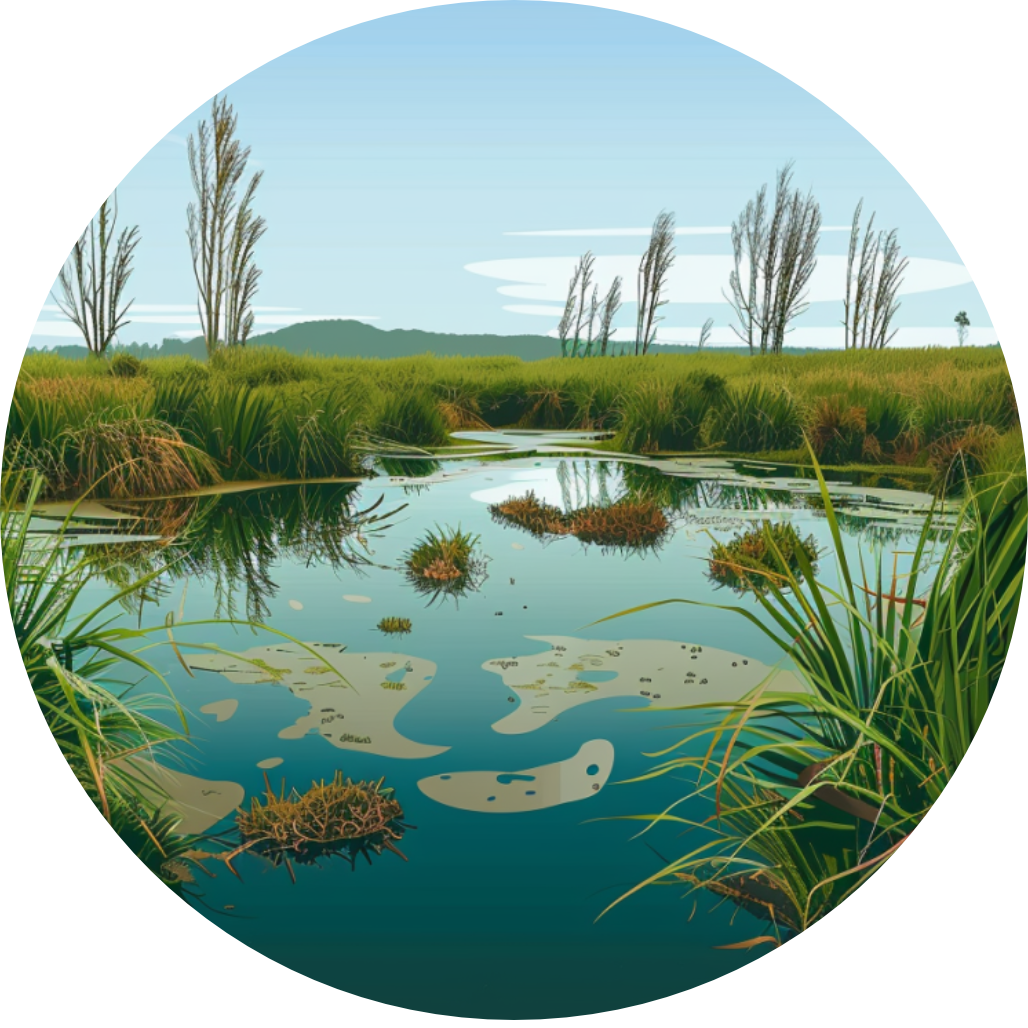

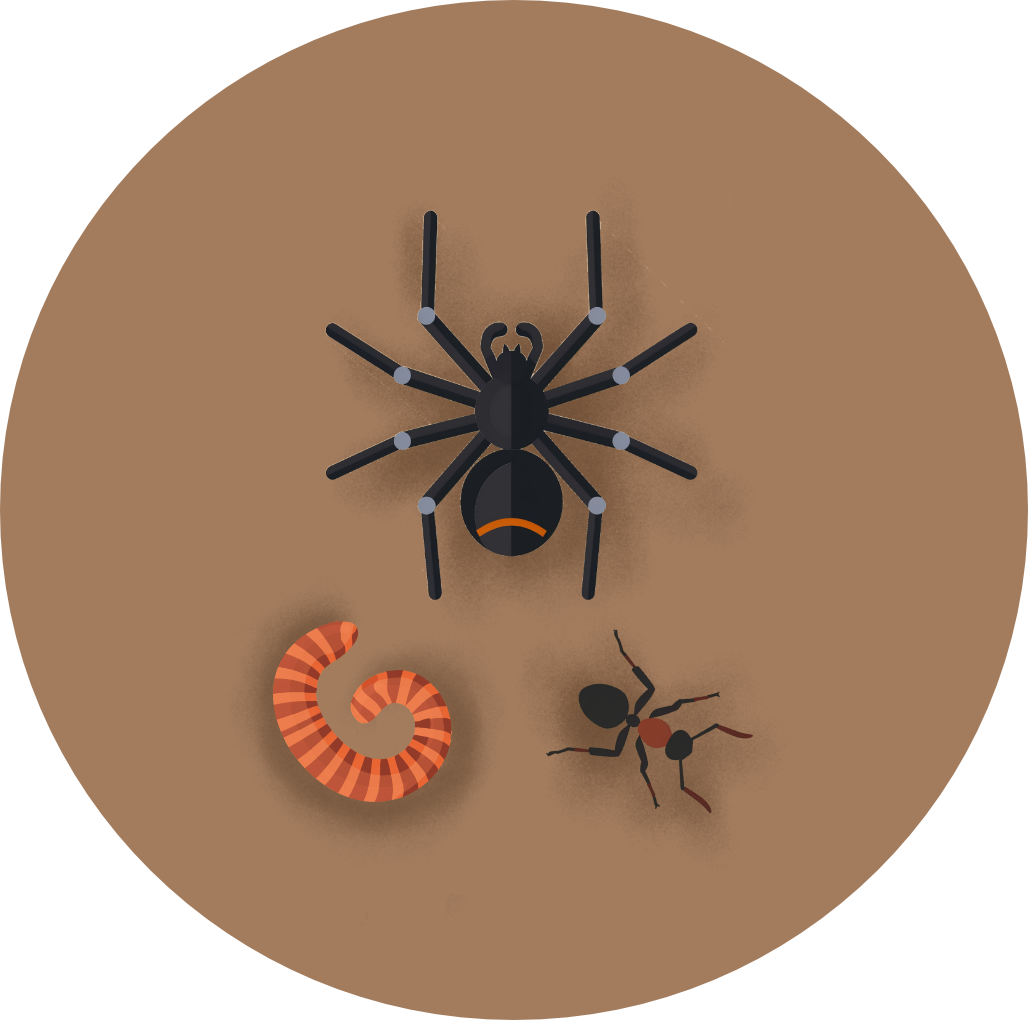
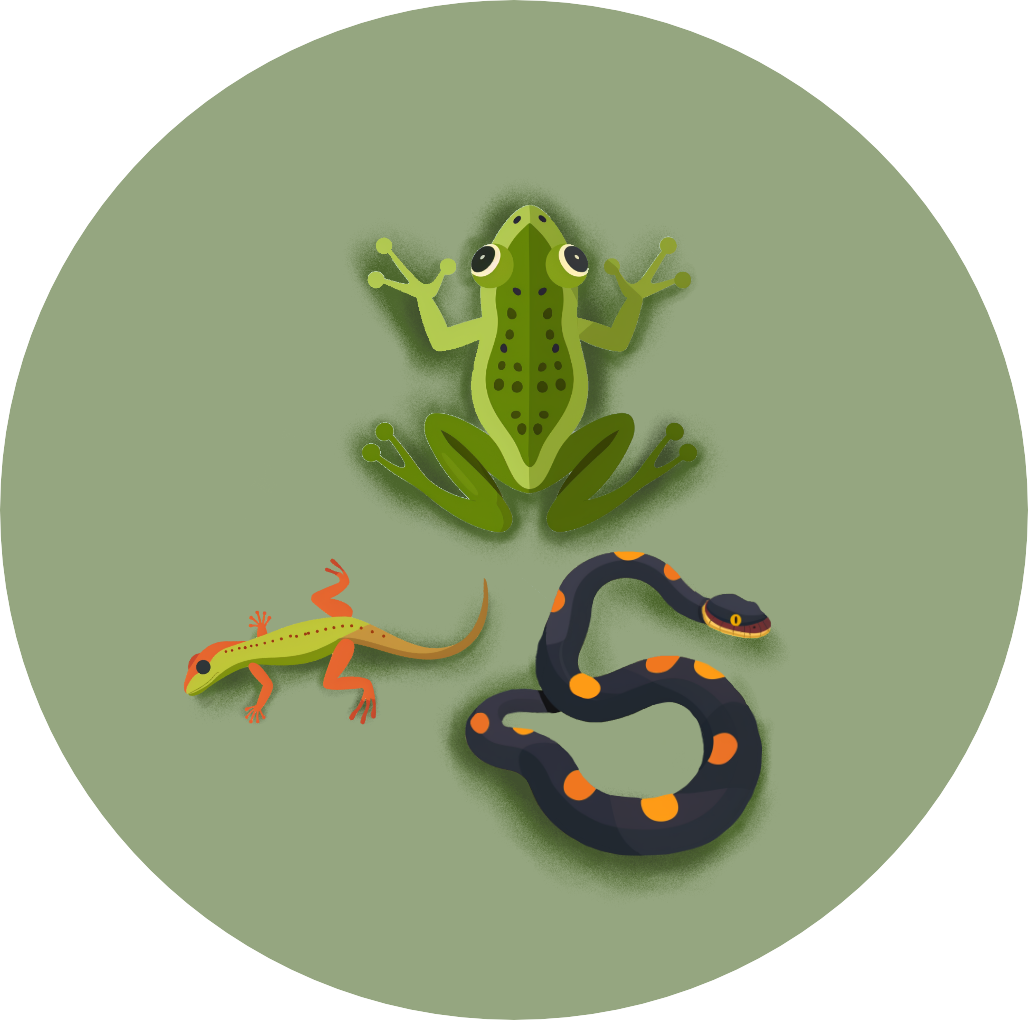
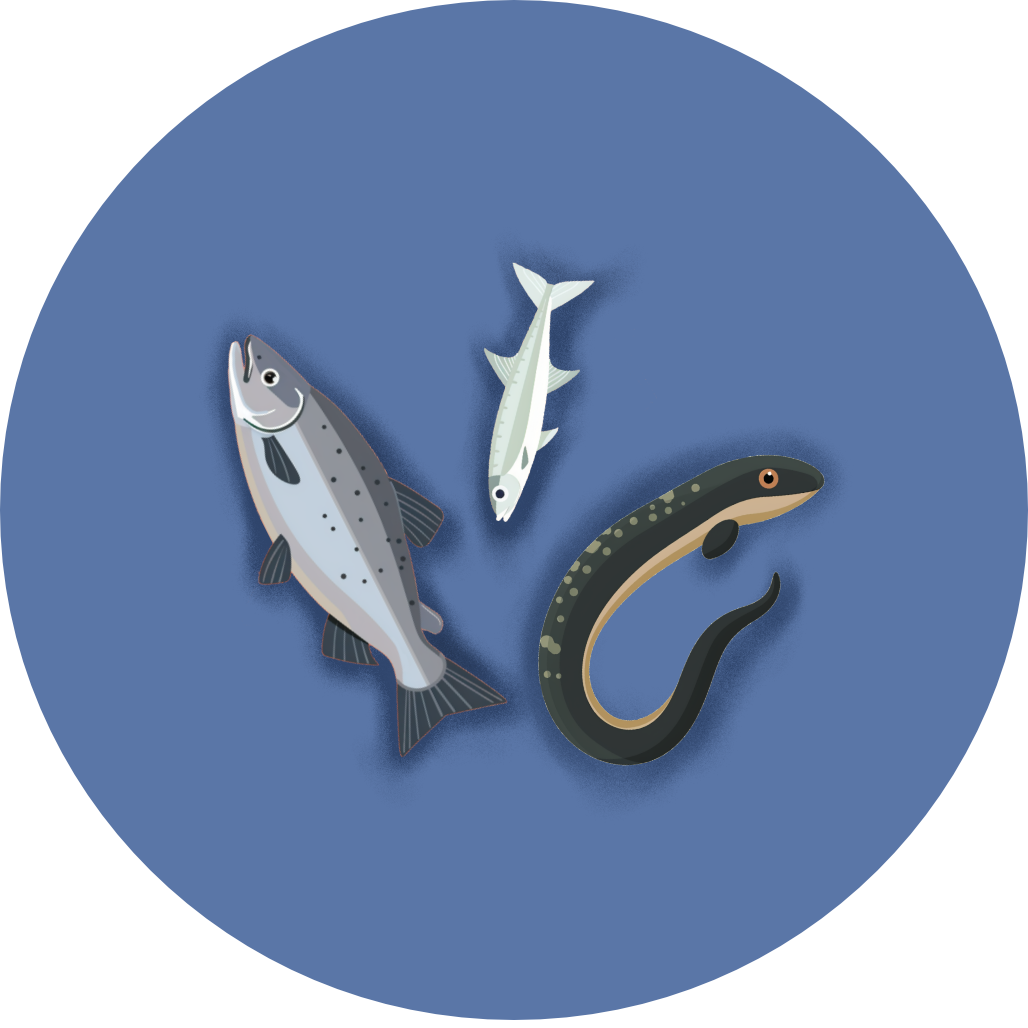
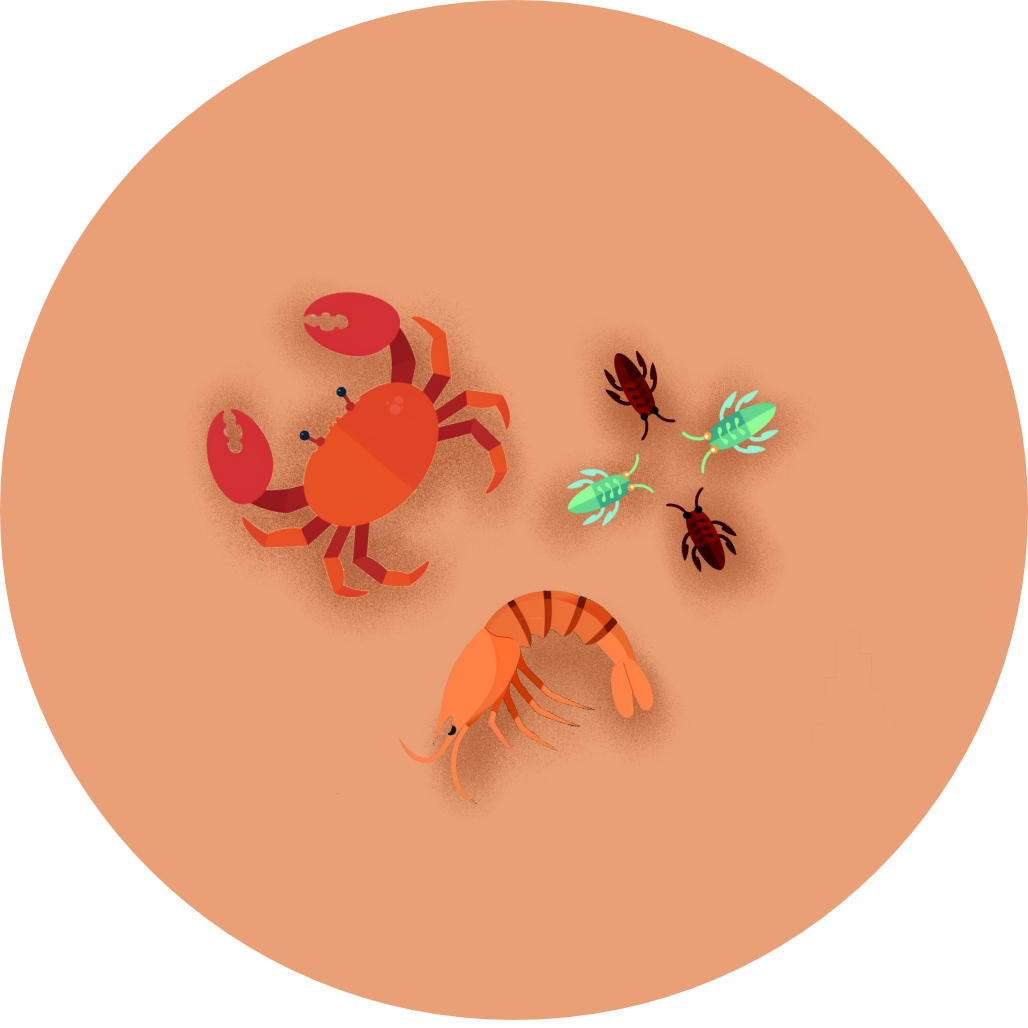
Coming Soon!
Top birding locations will be available in a future update.